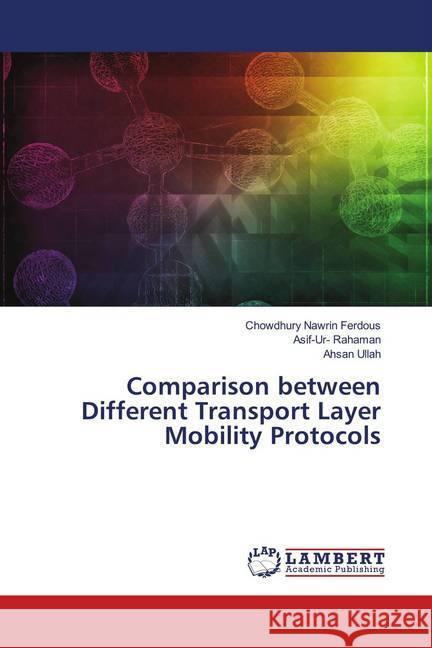Comparison between Different Transport Layer Mobility Protocols » książka
Comparison between Different Transport Layer Mobility Protocols
ISBN-13: 9786139960750 / Angielski / Miękka / 2018 / 76 str.
Mobility of Internet hosts allows computing nodes to move between subnets. In order to provide seamless connectivity to the roaming users several mobility protocols have been developed at different layers. Mobile IP has been developed to handle mobility of Internet hosts at the network layer. Transport layer mobility can overcome many of the limitations of network layer schemes. Various approaches have been proposed to implement mobility in the transport layer. In this research, we discuss a number of transport layer mobility pro-tocols, classify them according to their approach, and compare them based on a number of evaluation criteria. The components of a complete mobility management scheme consist of handoff, connection migration, and location management. Evaluation criteria have been developed to determine and compare the effectiveness of mobility schemes. The criteria include handoff, packet loss and delay, fault tolerance, requirement for change in network infrastructure, mobility type, support for IP diversity, security, scalability, etc. In this thesis, we use the above criteria to classify the proposed mobility schemes.











